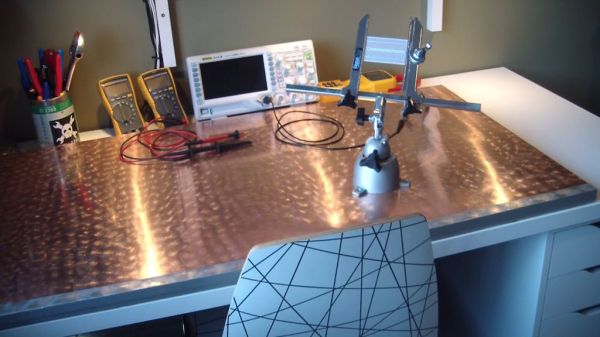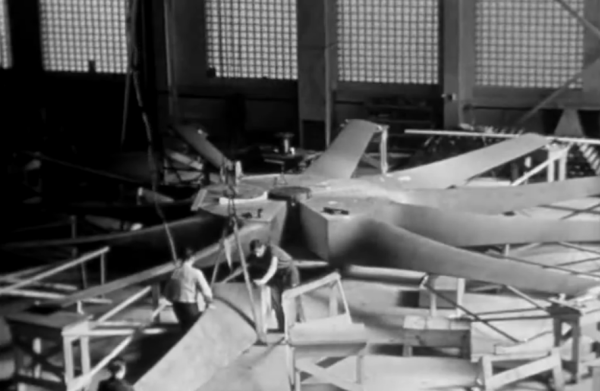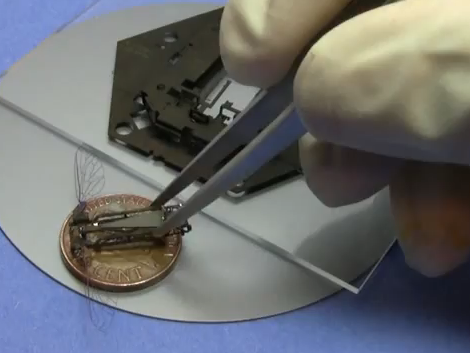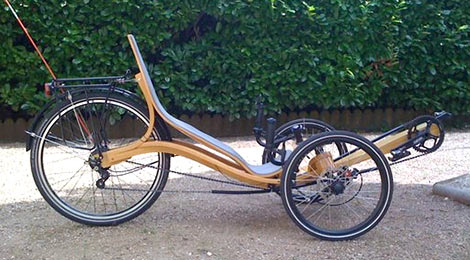[Chris] seems to have commandeered a decent portion of the wife’s sewing room for his electronic adventures. As it is still her claim, she made it clear that his area needed some organization and a new desk. Dissatisfied with the look and feel of the replacement IKEA desk-like substance they acquired, he took it upon himself to ratchet up both the style and value by adding a copper laminate.
His decision is not purely based in aesthetic. If you’re following along, this means that his new electronics work surface is conductive. And yeah, it’s connected to ground at the wall. Although he doesn’t care for the stank of of anti-static mats or their susceptibility to fading and cracking, he does intend to use a tiny patch of it to keep his silicon happy.
[Chris] used a 20-gauge copper sheet that he cut and scored down to fit his Swedish sandwich wood base with enough margin for overhang. After scratching up one side of the copper sheet and one of the receiving base, he squidged down some adhesive nasty enough to require the rubber glove protocol and clamped it all together for several hours. Stay put the copper did, but stay flat it did not. After hammering down the overhang, [Chris] hand-burnished the copper in small swirls with a Scotch Brite pad to visually break up the slightly wavy surface. Instructional and hilarious play-by-play after the break.
Continue reading “This One May Come As A Shock To Some” →
















